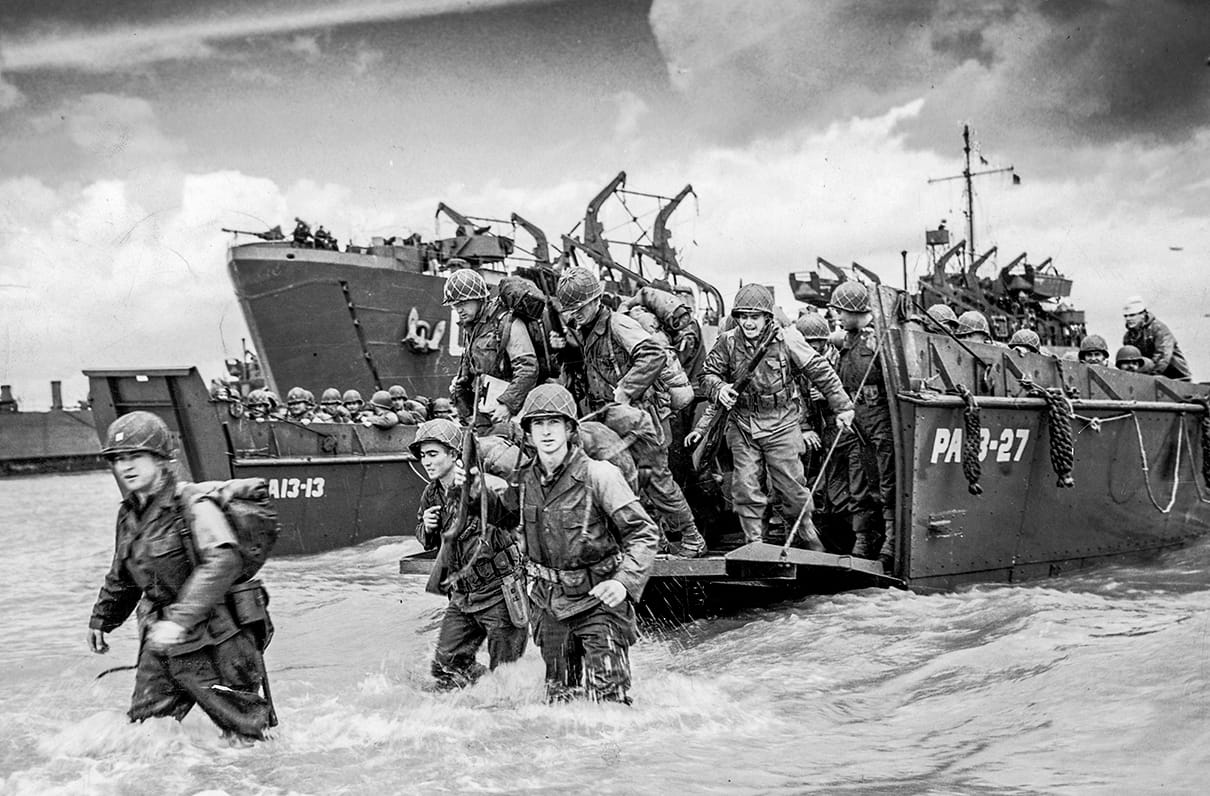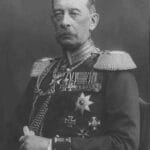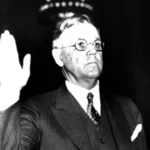Unraveling the True Scale of Two Epic Invasions
The Battle of Okinawa and D-Day, two pivotal military operations in World War II, often spark debate about their scale and significance. While D-Day’s role in liberating Western Europe is widely recognized, the invasion of Okinawa, codenamed Operation Iceberg, was surprisingly larger and arguably more grueling. This 82-day battle not only dwarfed D-Day in terms of sheer size but also offered a grim foreshadowing of the war’s potential end in the Pacific.
Okinawa vs. Normandy: A Numbers Game?
To grasp the magnitude of Okinawa, consider the numbers. Over 183,000 American troops stormed the island’s shores, a significant increase from the 153,000 deployed at Normandy. The naval force assembled for Operation Iceberg was even more astonishing. Over 1,300 warships, including battleships and aircraft carriers, participated, eclipsing the fleet assembled for D-Day.
Beyond manpower, Okinawa presented a logistical puzzle on a grand scale. Imagine coordinating the delivery of a staggering 750,000 tons of supplies – that was the challenge faced by Allied forces. This dwarfed the logistical demands of D-Day and illustrated the daunting complexities of waging war across the vast Pacific.
The Human Cost of Conflict: A Stark Comparison
The human cost of Okinawa was catastrophic. The battle claimed the lives of over 12,000 American service members, while Japanese losses, including conscripted civilians, are estimated at a staggering 100,000. Adding to the tragedy, Okinawan civilians were caught in the crossfire, enduring unimaginable suffering and widespread destruction. Some estimates suggest that civilian casualties in Okinawa could be as high as 150,000, a stark reminder of the war’s devastating impact on non-combatants.
Shifting Tides: Strategic Importance of Okinawa
Strategically, while D-Day marked a turning point in Europe, Okinawa held the key to a potential invasion of mainland Japan (Operation Downfall). Capturing the island offered a critical staging ground for Allied forces. However, the ferocity of the fighting and the high casualty rate at Okinawa likely weighed heavily on the minds of U.S. military planners, ultimately leading them to consider alternative ways to end the war. This ultimately led to the use of atomic bombs on Hiroshima and Nagasaki, a decision that remains controversial to this day.
Okinawa’s Enduring Legacy
Despite its scale and influence on the war’s outcome, Okinawa often receives less attention than European theater battles in popular history. However, the psychological scars on veterans, the continued U.S. military presence on the island, and the ongoing struggle with unexploded ordnance and environmental damage serve as powerful reminders of Okinawa’s lasting impact.
Which Invasion Was Bigger: A Multifaceted Question
To answer definitively whether Normandy or Okinawa was “bigger” is to oversimplify a complex historical comparison. Okinawa involved a larger mobilization of U.S. forces and a longer, more grueling battle. However, both were strategically vital for different reasons.
Perhaps a more meaningful question to consider is not which invasion was “bigger,” but rather, what lessons can we learn from each event? Both Okinawa and Normandy serve as profound reminders of war’s human cost, the logistical challenges of amphibious assaults, and the enduring legacies of conflict. By studying these pivotal moments in history, we gain a deeper understanding of the complexities of warfare and the importance of striving for peace.
Why Compare Okinawa to D-Day?
The tendency to compare Okinawa and D-Day stems from their shared status as massive amphibious operations that were pivotal in their respective theaters of war. However, the comparison goes deeper than just size. It compels us to consider how we define “bigger” in a historical context. Is it determined by the number of troops deployed, the duration of the battle, the strategic objectives, or the devastating human cost?
By examining these two battles side-by-side, we gain a more nuanced perspective on the multifaceted nature of warfare and appreciate the sacrifices made on both fronts. It also highlights how historical narratives are shaped and how certain events, despite their scale and impact, can be overshadowed in popular memory.
Was Normandy the Largest Invasion in History?
The common perception of D-Day as the largest invasion stems from its iconic status and the sheer audacity of landing so many troops on a heavily fortified coastline in a single day. While it was undoubtedly a monumental operation, the invasion of Okinawa involved a larger overall invasion force.
Over 548,000 troops participated in the Okinawa campaign, dwarfing the initial assault force at Normandy, which numbered around 156,000. This difference underscores the strategic importance placed on capturing Okinawa and its proximity to mainland Japan. While the Normandy landings might hold the record for the most troops landed in a single day, Okinawa illustrates that “largest” can be measured in different ways.
How Large Was the Invasion of Okinawa?
The invasion of Okinawa was a military operation of staggering scale, even surpassing the Normandy landings. Imagine coordinating the movement and support of over half a million troops – more than 548,000 – converging on a single island. This required a massive logistical effort, involving over 1,450 ships and more than 763 aircraft.
The invasion force, known as the U.S. Tenth Army, was tasked with capturing Okinawa and establishing a base for the planned invasion of mainland Japan. The campaign involved some of the most intense fighting of the Pacific War, with U.S. forces facing determined resistance from the entrenched Japanese defenders.
The battle raged for 82 days, from April 1 to June 22, 1945, resulting in heavy casualties on both sides. The Allies suffered over 50,000 casualties, with over 12,500 killed in action. Japanese losses were even more significant, with an estimated 100,000 soldiers and conscripted civilians killed.
The invasion of Okinawa stands as a stark reminder of the devastating human cost of war and the logistical complexities of amphibious operations. It also highlights the strategic importance of the Pacific theater and the challenges the Allies faced in defeating Japan.
- To understand the complexities of historical comparison, you can read about why the Schlieffen Plan failed.
- Explore the challenges of interpreting historical events by learning more about Madison’s fear of factions.
- Gain insight into the motivations of leaders during wartime by examining Benito Mussolini’s journey from teacher to politician.
Key Points:
- Troop numbers: Okinawa involved more American troops (183,000) than the initial D-Day landings (153,000).
- Naval force: Okinawa saw the deployment of over 1,300 warships, significantly more than D-Day.
- Logistical challenge: Okinawa required a staggering 750,000 tons of supplies.
- Casualties: American casualties in Okinawa exceeded 12,000, while Japanese losses, including civilians, were estimated at 100,000, with some estimates suggesting up to 150,000.
- Strategic importance: Okinawa served as a critical staging ground for a potential invasion of mainland Japan.
- Human cost: The civilian population of Okinawa suffered immense suffering and destruction.
- Legacy: Okinawa’s impact is still felt today through psychological scars, a continued U.S. military presence, and environmental challenges.
- Unlock Elemental 2 Secrets: Actionable Insights Now - April 2, 2025
- Lot’s Wife’s Name: Unveiling the Mystery of Sodom’s Fall - April 2, 2025
- Photocell Sensors: A Complete Guide for Selection and Implementation - April 2, 2025
















